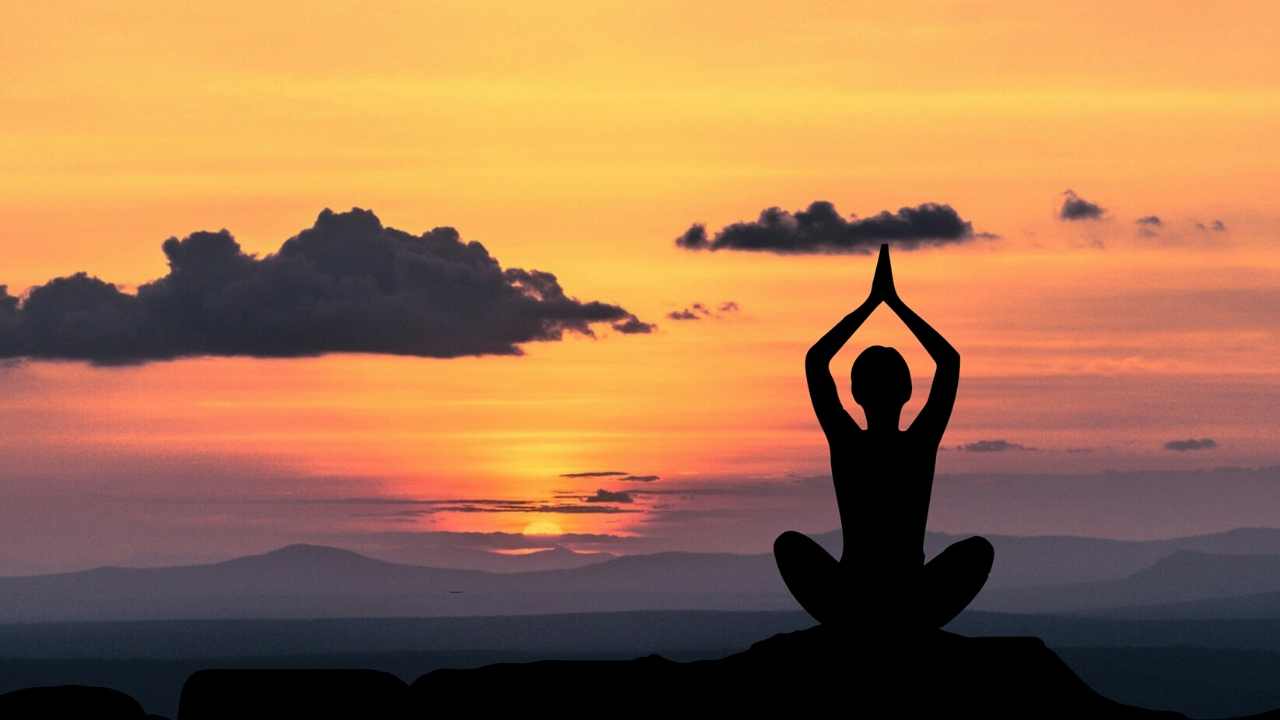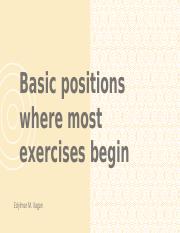
Yoga can help you improve your bone health. Yoga can help increase bone density and strengthen bones naturally. There are many yoga poses that you could try. You can try several yoga poses, including Forward fold, Forward fold and Hands-to Big-Toe pose.
Tree pose
Tree Pose is an excellent yoga pose for improving bone health and balance. Although it is difficult to do, there are several steps you need to follow in order achieve the right form. To begin, raise your foot above or below your knee so it touches the knee joint. You can move on to the advanced version once you feel you have complete control of the pose.
Locust position is another pose which stimulates bone formation. This pose is an inversion from earlier poses that emphasizes the ribs. This is a great way strengthen the extensor muscles in the back and reverse the curvature that can lead to fractures. Bridge pose is a great hamstring stretch and strengthens the ribs, lower spine, and upper back. It increases circulation and helps with nutrient absorption.

Forward fold
Forward-folding yoga pose strengthens the legs and improves bone health. If performed correctly, this position can help prevent the development of fractures in your spine. This pose is best if you keep your spine aligned and don't twist. For a perfect alignment, lie on your back and bend your knees. You can then let your legs fall to either the left or right without forcing.
Forward fold yoga posture helps strengthen bones. This is done by gently putting your entire body's weight onto the bones. This movement strengthens the muscles around the bones and stimulates the bone-making cells. It strengthens your fascia, which supports your posture.
Reclining hand-to-big-toe pose
The reclining hand-to-big-toe pose is a great way to stretch your hips, calves, and hamstrings. It helps to relieve lower back pain and improve digestion. This pose is great for beginners because it is a gentle way to stretch your hamstrings without putting too much pressure on your spine. Avoid straining your neck or back in this pose for beginners.
You can practice this pose for between one and three minutes. This pose can also be done in the side. For about 30 seconds, you should hold your leg straight. You should adjust your body to balance the pose. Do not attempt it if you have diarrhea or a headache.

Locust pose
Yoga poses can have many beneficial effects on bone health. Loren M. Fishman is a doctor of rehabilitation who has been a yoga practitioner for 50 years. One study found that regular yoga practice could increase bone strength in patients with osteoporosis. Fishman's findings prompted the creation of the Fishman method. It focuses on yoga moves to increase bone density. Fishman identified 12 yoga postures that increase bone strength.
Urdhva Mukha Svanasana is one of the best poses for bone health. In this pose, you begin by lying face down on a mat. Now, lift your pelvis as well as your torso. You will now be able to see the ceiling with your eyes open.
FAQ
How long should a class of yoga be?
Yoga sessions generally last 45 minutes to one hour. The type of yoga you do will affect the time taken. 45-60 mins would be sufficient for strength-building exercises. If you are looking for relaxation or mediation, a longer time may be required.
You can also vary the length of your yoga classes depending on which type you are taking. Some focus on quick movements while others stress slow, deep stretches.
Can I take classes with others?
This depends on the class. Private lessons are offered by some teachers. Others offer group classes where you can meet other students in the class.
Some studios even offer small groups called "classes within a class," where you'll be paired with another person who shares similar interests and goals.
Yoga can help with pain management
For those suffering from chronic back pain, yoga might be an effective treatment. They are able to improve flexibility, balance and strength, as well as their stress levels.
Before you start a yoga program, make sure to consult your doctor.
What's the difference between pilates and yoga?
Both pilates, and yoga, are both effective exercise programs. However they work differently. While both are based on stretching, yoga focuses on poses that challenge your core muscles and build strength.
Pilates emphasizes strengthening your core muscles as well as improving your balance. Yoga can be used in conjunction with pilates.
Can I do Yoga every day, even as a beginner?
Yoga is a wonderful way to strengthen your body. It can also help you relax, and it can even help with stress relief. It doesn't take a lot of knowledge to begin practicing yoga. Aim to practice yoga 20 minutes per day for beginners.
This is enough time for you to get started. You can gradually increase the amount you spend practicing.
Do I need to be flexible to practice yoga?
It all depends upon the type of yoga. Some yoga styles require flexibility while others emphasize muscle strength.
Different styles of yoga will require different levels. Beginners may need to only stretch their arms overhead. Intermediate practitioners might need to bend forward to touch their toes. Advanced practitioners may be required to do deep twists and turns.
Do I need a warm-up before I try yoga?
No. It's not necessary to warm-up before doing a yoga session.
Stretching before you go to the gym can help ease stiff muscles.
Statistics
- According to the Agency for Healthcare Research and Quality, falls are incredibly common among older adults in nursing facilities. Even the simplest ones can increase the risk of death (24). (healthline.com)
- A 2020 review of 27 studies (1,805 total participants) of yoga interventions in children or adolescents found reductions in anxiety or depression in 70 percent of the studies, with more promising results for anxiety. (nccih.nih.gov)
- The American Psychological Association recently shared that 84% of American adults feel the impact of prolonged stress (5). (healthline.com)
- In comparison, a 125-pound person is estimated to burn 135 calories in 30 minutes of walking (at a pace of 15-minute miles) and 210 calories bicycling at a moderate pace on a stationary bike. (everydayhealth.com)
- Start your Fall off right with 20% off All Access Membership when you sign up by 9/25! (corepoweryoga.com)
External Links
How To
Is yoga a good option to lose weight?
To answer this question, you need to understand what yoga is. Yoga is an ancient form of exercise that originated in India. It was invented by Indian yogis, who wanted to improve their physical and spiritual health.
Yoga focuses not only on strengthening the muscles but also relaxing the mind. The goal is to relax completely and be free from anxiety or stress. This is done by focusing on breathing techniques and meditation.
Yoga is a practice that involves various postures or poses. They are intended to stretch certain muscles and strengthen others. These poses are often held for several moments at a stretch. They may also involve rhythmic movements such as slow walking, jumping, or moving through mud.
The goal of yoga is not to burn calories but rather to increase one's overall energy level. Yoga can help you maintain a healthy weight.
You'll feel more relaxed when you start yoga. You'll feel happier and sleep better.
You'll glow and look younger.
Yoga can help people lower their blood pressure.
Some studies also show that yoga has been shown to help with depression symptoms.
Yoga is not like any other form of exercise. It increases the oxygen flow in the body. This allows the brain to relax and release endorphins which trigger feelings of happiness and pleasure.
Be aware that weight loss can be difficult for some people due to their genes. Yoga may not be the best option for you if you are one of these people.